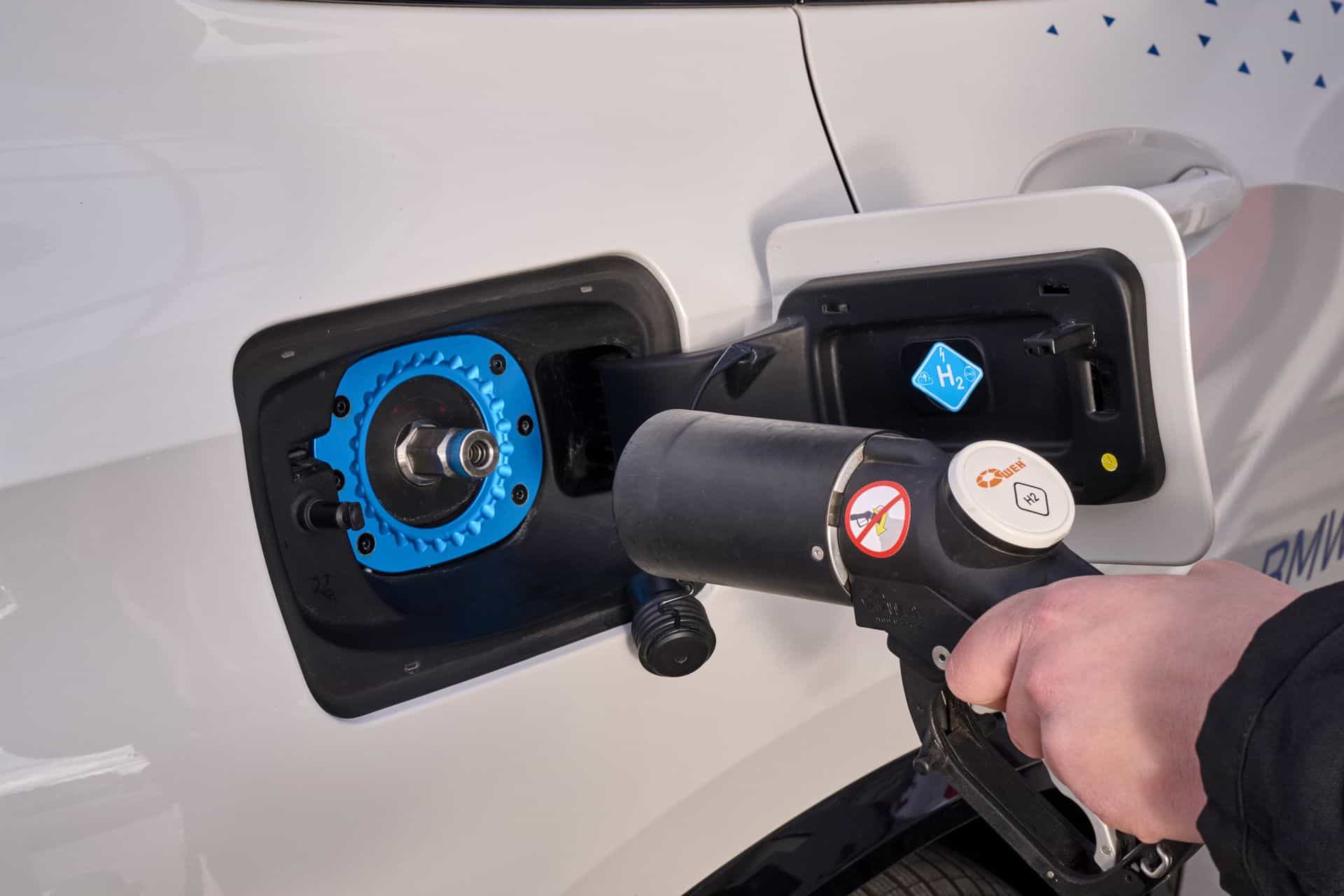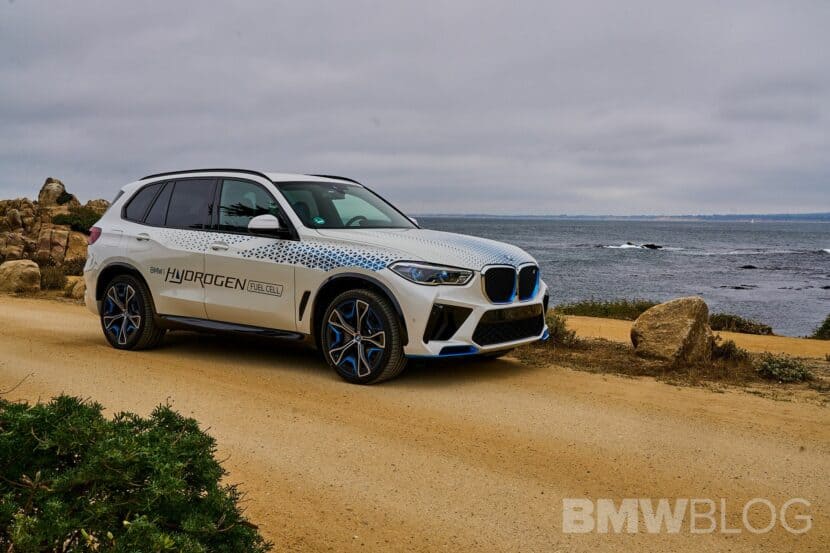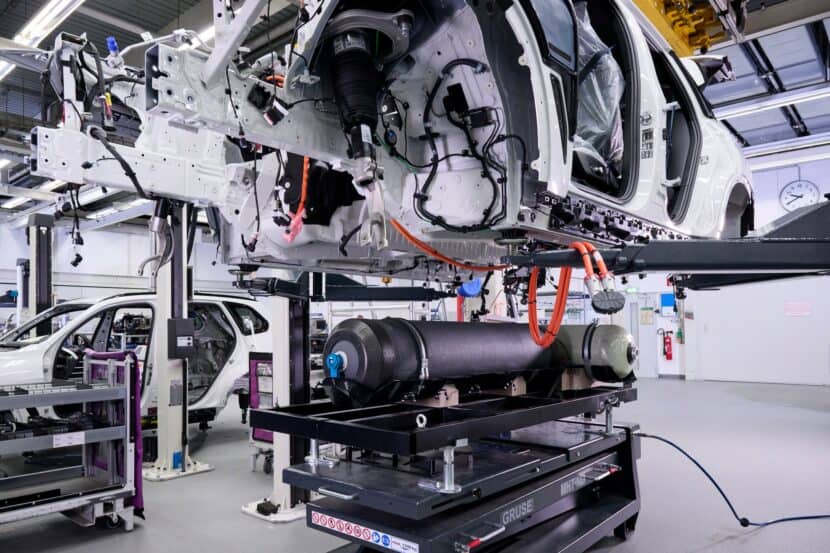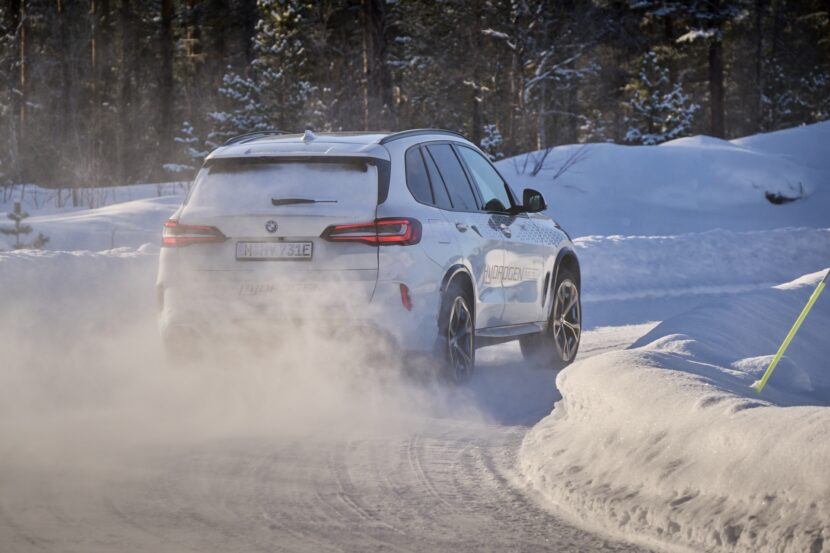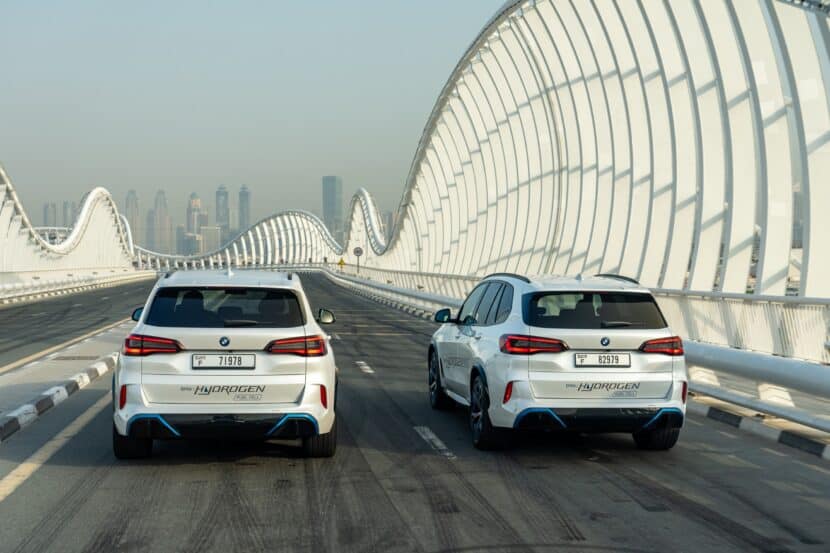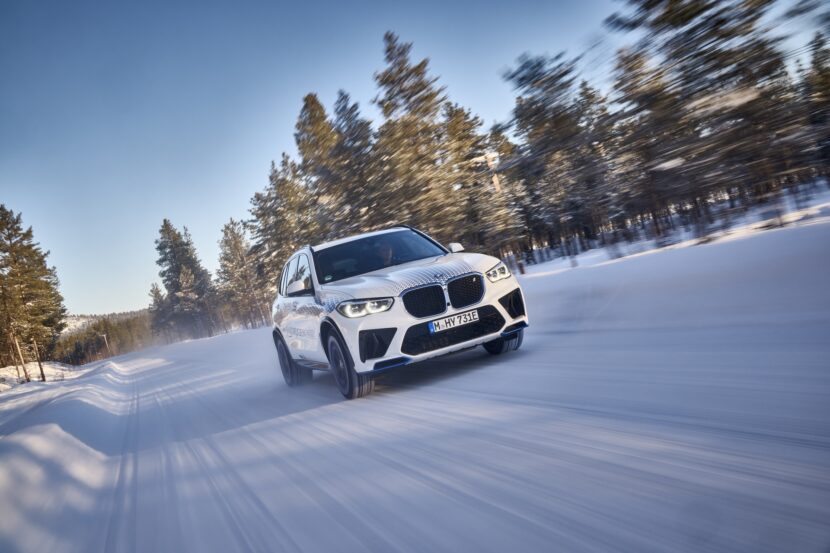There is no surprise that BMW is hedging their bets. After the largest investment ever in a new architecture – NCAR – the Bavarians are also pushing ahead with the CLAR platform which will bear its first fruit later this year. But at the same time, BMW is also taking bold steps toward a future powered by hydrogen, positioning the fuel cell-powered cars as a pillar of sustainable mobility. We’ve already seen their first attempt towards a production series car in the shape of the BWM iX5 Hydrogen.
What Are Hydrogen Cars?
Hydrogen fuel cell vehicles operate by converting hydrogen gas into electricity, which then powers the vehicle’s motor. Unlike conventional vehicles that emit CO2, the only byproduct of this process is water, making fuel cell vehicles an appealing option for reducing automotive emissions. BMW’s interest in hydrogen technology stems from its promise of combining the best of EVs — such as zero emissions and high efficiency — with the refueling speed and range more akin to traditional petrol and diesel cars.
What Is The BMW iX5 Hydrogen?
The BMW iX5 Hydrogen is a test car part of a global pilot used to gather data and feedback from potential customers. It was first revealed in 2021 when we had the chance to drive a prototype near the Arctic Circle. BMW included many of the same technological advancements found in the recent iX3 or iX for their new BMW iX5 Hydrogen vehicle. This includes the utilization of BMW’s fifth-generation eDrive electric motor technology.
| Horsepower | 401 hp (295 kw) |
|---|---|
| Torque | 542 lb-ft (710 Nm) |
| 0-62 mph (0-100 km/h) | 6 seconds |
| Range | 500 km (310 miles) |
| Refill Times | 3-4 minutes |
The BMW iX5 Hydrogen is equipped with two carbon-fiber hydrogen tanks that can store up to 6 kilograms of compressed hydrogen, capable of withstanding a pressure of 700 bar. These tanks are arranged in a T-shape, located in the floor of the vehicle. Although the fuel cells themselves are manufactured by Toyota, the fuel cell stack and software layer are designed and developed in Munich. The iX5 Hydrogen delivers 401 hp (295kW) with 170 hp (125 kW) provided by the electrical power fuel cell, while the rest by the electric motor. The 0-62 mph acceleration time is around 6 seconds. The top speed is rated at 185 km/h, which is equivalent to approximately 115 mph. It can deliver a range up to 500 kilometers on the WLTP cycle and it can be refilled in 3 to 4 minutes.
BMW’s Hydrogen Strategy
BMW’s future strategy revolves around developing a scalable and efficient hydrogen fuel cell system. So it comes as no surprise that this iX5 Hydrogen is only the first step of this strategy. Their approach includes investing in core technologies that enhance the performance, durability, and safety of hydrogen cars, and we will likely see another hydrogen BMW within the next 3 years.
So why invest in hydrogen? One compelling argument BMW presents in favor of hydrogen is the material efficiency of FCEVs compared to their BEV counterparts. BMW claims that an FCEV requires 100 kg less of raw materials than a BEV, and 90% less critical raw materials like cobalt, nickel, and lithium — finite resources that are difficult and environmentally damaging to extract. This not only aids in manufacturing but could also significantly reduce the cost of new energy vehicles.
The BMW iX5 Hydrogen Test Fleet
The iX5 pilot fleet has already completed testing in some of the planet’s most challenging conditions, showcasing the robustness of FCEVs. In extreme temperatures, where EVs might suffer from reduced range and functionality due to the need to maintain operational temperatures, FCEVs like the iX5 demonstrate superior performance. This is a crucial advantage, indicating that FCEVs are less impacted by climate control demands in both hot and cold environments. As some of you might now, cold weather has a huge impact on the range of battery-powered electric vehicles (BEVs).
Environmental and Economic Impacts
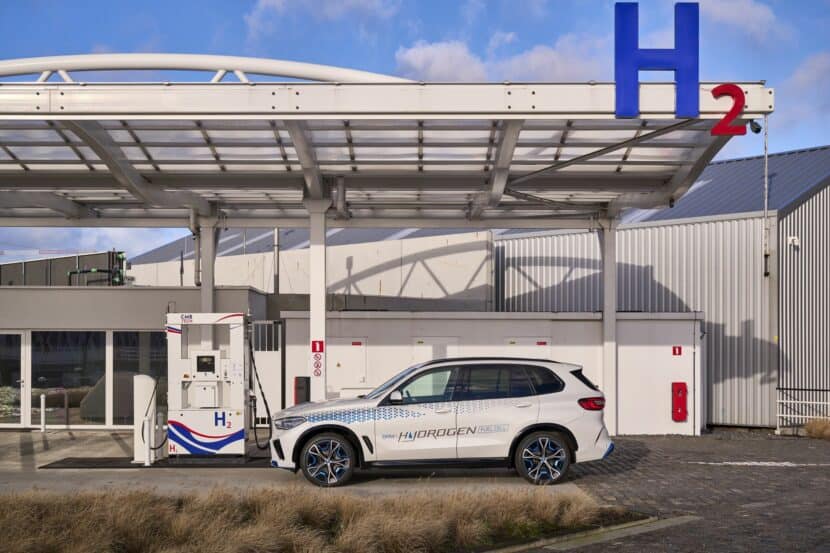
The environmental benefits of hydrogen extend beyond zero tailpipe emissions. Unlike internal combustion engine (ICE) vehicles, which suffer from thermal inefficiency — losing up to 93% of energy from fuel to motion — hydrogen vehicles promise a more efficient energy use. Although a hydrogen vehicle might cost more than an EV supplied with energy from non-renewable sources, it is expected to be less expensive than an ICE vehicle in the long run. Last year, when we tested another iX5 prototype in Antwerp, the cost of a kilogram of H2 was 18 euros due to the energy crisis in Europe. For a complete range of 500 km on the WLTP cycle, it cost BMW 104 euros to refill the 6kg tank.
The Road Ahead
Despite the promising outlook, BMW acknowledged in the past that hydrogen technology is still in its infancy, especially when compared to the matured ICE and evolving EV technologies. This early stage, however, is filled with potential for breakthroughs that could make hydrogen even more attractive for those seeking zero-emission solutions. But of course, infrastructure will play a significant role in the adoption of FCEVs. Currently, there are only a limited number of hydrogen refueling stations available (81 stations in America), which can make it difficult for FCEV owners to travel long distances. BMW acknowledges that the adoption of hydrogen-powered vehicles depends on other industries, such as commercial vehicles, coaches, heavy-duty trucks, aviation, and maritime, which could benefit more from FCEVs than BEVs due to their long ranges and quick refueling times.


